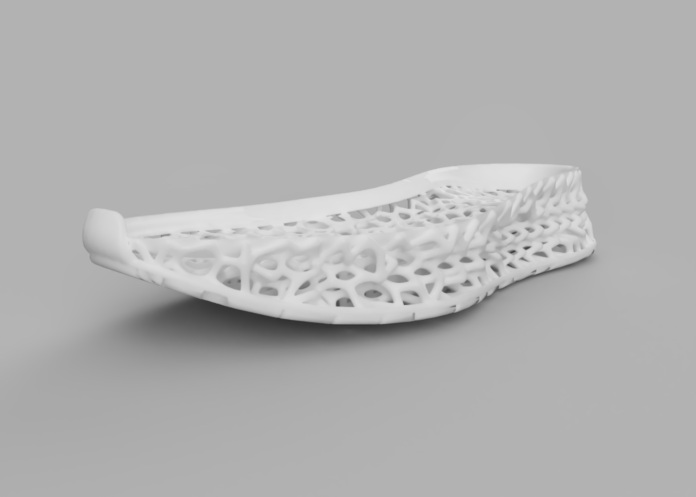The beginning of a new vision: “to be fully circular” by 2025
Covestro debuted at Formnext last year. The company showcased a wide range of solutions including filaments, powders and resins for common 3D printing processes under the brand Addigy®.
With 3D printing laboratories in Leverkusen, Shanghai and Pittsburgh, the materials specialist is working on the development of new materials that it has showcased during the 2020 virtual edition of Formnext.
The company is currently embracing circular economy and is developing various products made from alternative raw materials, such as recycled plastics and CO2-based cardyon® brand products.
With the current climate change, population growth and unsustainable lifestyles, companies are doing their best efforts to address these global challenges. We have already discovered how through the various ways sustainability can be implemented within companies but this is only a tip of the iceberg.
In fine, it’s up to each company to define its own recipe and for Covestro, for now, the first step is to develop and provide a versatile range of Addigy® raw materials. A portfolio that includes pellets and filaments made of partially recycled plastics. Those recycled plastics are coming from post-industrial waste in the producer’s manufacturing facilities. After reworking, they can be used as 3D printing filaments.
“We collect raw materials and make new out of them, states Business Development Manager Lukas Breuers during an expert Session moderated by Niko Palosuo, Head of External Communications. “Our new materials are based on three pillars”. With a key focus on recycling, Breuers explained that new manufactured products [should be] based on recycled raw materials, on CO2-derived raw materials as well as bio-content of up to 50%.
In this vein, their polycarbonate blend remains a good candidate for applications where high temperature resistance is required.
The expert also showed an example of prototype produced with one of their raw materials. For products based on CO2-derived raw materials, he explained that CO2 replaces some of the petrochemical raw materials previously used. This may lead to the production of thermoplastic polyurethanes (TPU), which can be used as powders or filaments in additive manufacturing
As for the development of partially bio-based products for 3D printing, it should be noted that 50% of the carbon content comes from biomass. One common application of this type of materials is the 3D printing of a shoe insole using SLS technology.
“TPUs generally contribute to increased sustainability in powder-based 3D printing processes, as up to 100 percent of the non-sintered powder can be reused in the process due to the low build room temperature”, he explained.
Covestro’s sustainability vision for 2025
Covestro ambitions to make circular economy its unique operating mode by 2025. Although the focus on alternative raw materials was the company’s key highlight at Formenxt Connect, it should be noted that it also focuses on renewable energy and develops numerous research projects to promote recycling.
“We have 5 sustainability goals for 2025. Our sustainability roadmap will have measurable goals that will be unveiled soon” Breuers confirmed during the Expert Session.
Remember, you can post free of charge job opportunities in the AM Industry on 3D ADEPT Media or look for a job via our job board. Make sure to follow us on our social networks and subscribe to our weekly newsletter : Facebook, Twitter, LinkedIn & Instagram ! If you want to be featured in the next issue of our digital magazine or if you hear a story that needs to be heard, make sure to send it to contact@3dadept.com


